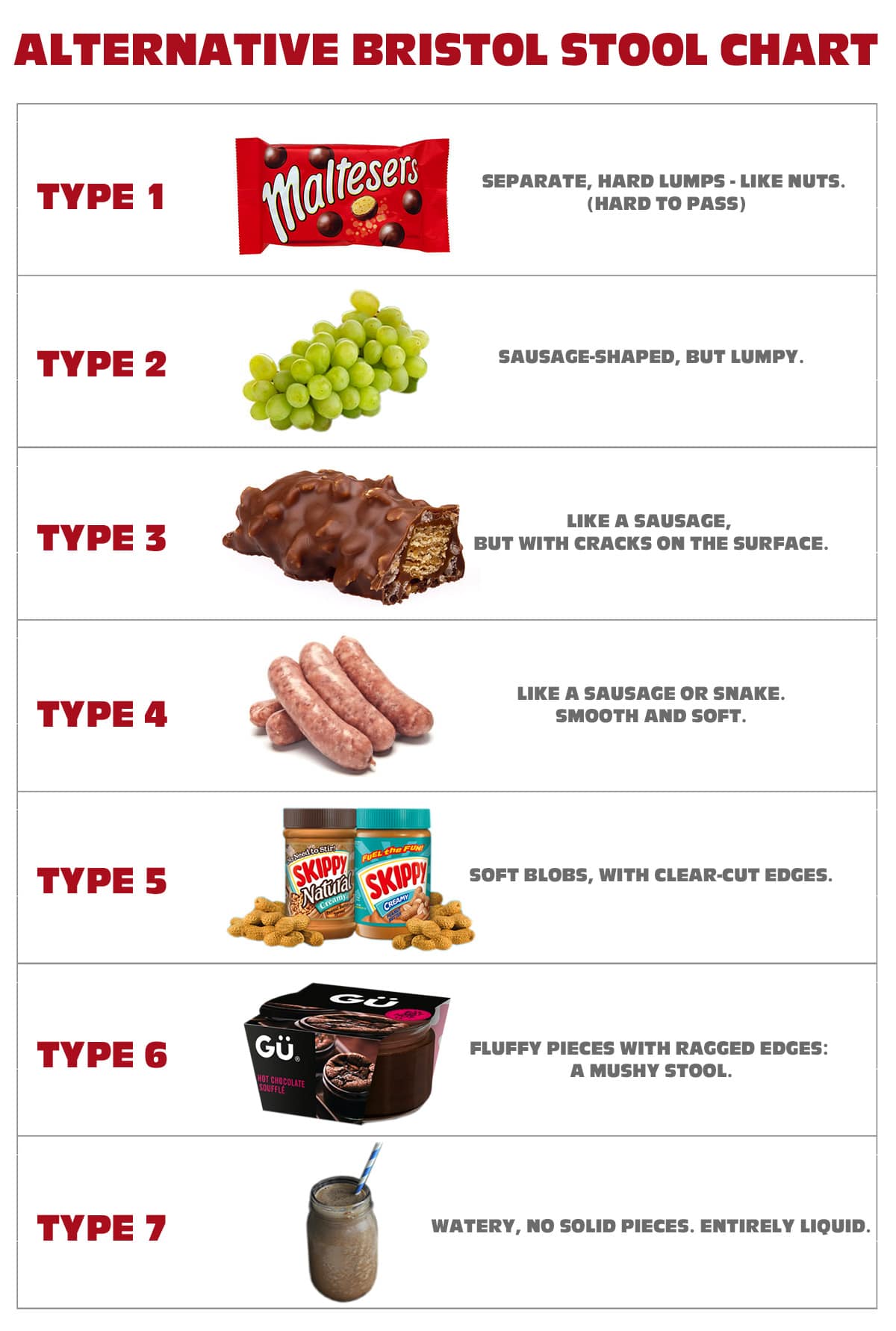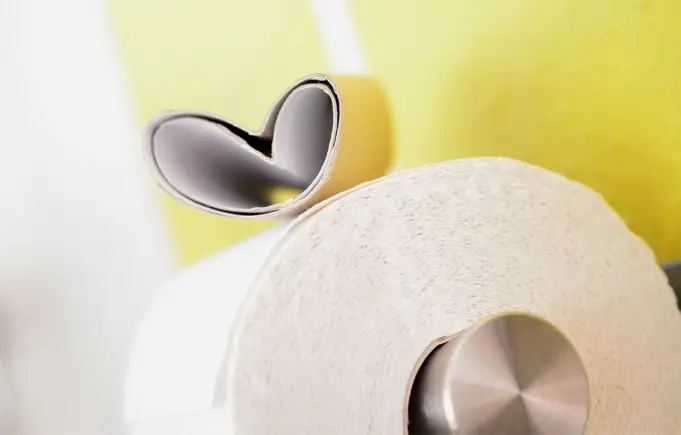There’s no denying that the human body is a wonderful thing but how many of us really understand what’s going on inside? Take the digestive system, for instance. Knowing what’s healthy and what’s not when you go to the toilet can go a long way to keeping you in good health.
If you’ve ever had a problem in that department, you’ll be only too aware of just how embarrassing and uncomfortable this can be.
Learning about the basics of your Number Two’s doesn’t have to be complicated. In fact, in can be dealt with in 4 simple steps: consistency, frequency, technique and problems. Here, Mike James – who has taken advice from nutritionists, experts – and even toilet stockists Bathroom Discount Centre over many years, says you should pay close attention to the following 4 areas:
Consistency
Developed by researchers at Bristol Royal Infirmary, the Bristol Stool Chart is a standard visual aid, routinely used by the medical profession to assess the condition of a patient’s digestive system.
No need to panic – here’s an alternative chart that is easier on the eye (!) but shows the same easy-to-use information. For optimum gut health, you should aim for Type 3 or Type 4.

Frequency
How often should you go to the loo? The only thing that doctors agree on is the there is no ‘normal’ as such, only averages. When it comes to bowel movements, once or twice a day is the average, but many people go more, and some go less – maybe every other day. As long as it’s your normal toileting pattern and there’s no discomfort, there should be no reason to worry.
Diet plays a role, of course. If you increase the amount of fibre in your diet, you will have more frequent movements and smoothe the passage, as it were. Animal products, and meat in particular, take the longest time to digest. According to doctors, “a steak dinner can take you two, maybe three days to get out of your intestines. On the other hand, if you eat vegetables and fruits, they’re out of your system in less than 12 hours.”
As a general rule, make sure you include plenty of unprocessed vegetables and fruit in your diet and drink enough water.
Technique
For those who have ever wondered if there is a way to improve the efficiency of your ‘technique’ through your physical posture, the answer is a resounding YES! Here’s a video that will show you how to ‘poop like a pro’ in the most imaginative way possible…
Health Problems
When it comes to your body, you know best what is normal and what’s not. The occasional digestive upset is usually not much to worry about and usually sorts itself out with minimal intervention.
Constipation can be the result of dietary changes, such as not enough water or fibre, or a slowdown of your metabolic activity. Medication can also be a factor. It’s uncomfortable to feel gassy and bloated and need to push and strain to go to the loo. If the problem persists, try household remedies such as prunes or an over-the-counter laxative. If you’ve scrutinised (and improved!) your diet to no avail, you may need to consult your doctor. Diarrhoea has the opposite effect – frequent passing of loose stools.
It could be something you’ve eaten that your system finds difficult to cope with (Delhi belly, anyone?) or a bacterial or viral infection in your gastrointestinal tract. Prolonged diarrhoea can lead to dehydration, so make sure you keep drinking plenty of clear liquids (and don’t worry too much about eating) until you’re back to normal. Oatmeal, stewed apple or plain rice are good foods to help restart the system. Again, seek medical advice if things do not improve.
Should you notice a prolonged change in your bowel movements that cannot be explained by diet, illness or anything else, and especially if you are suffering discomfort or pain, see your GP as soon as you can. The same goes for red flags such as very pale (floating) stools, black sticky stools or blood in stools – have them investigated immediately.












